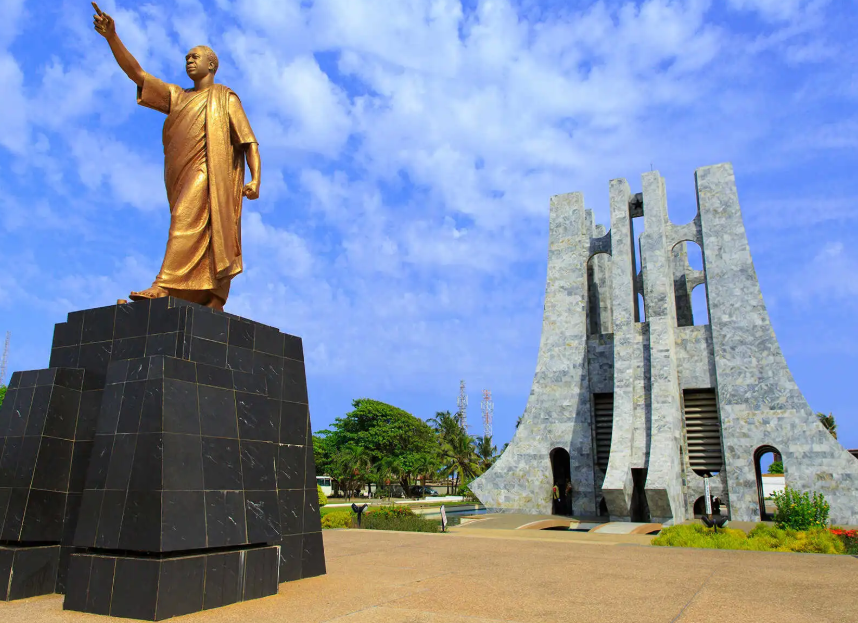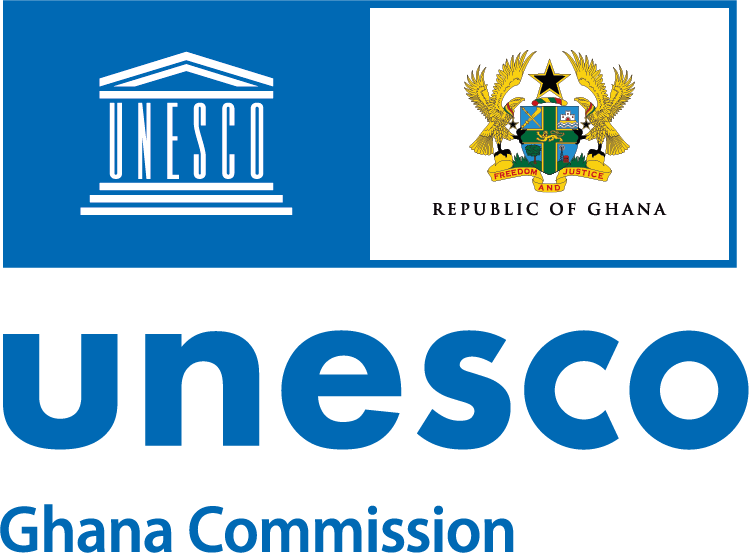- Login to ASPnet | Ghana Commission for UNESCO | Government Agency Responsible for the coordination of Ghana's contributions to and presence at UNESCO
Short article on UNESCO Memory of the World workshop in Accra, August 2024

Accra, capital of the west African nation of Ghana, was the venue for the 15th UNESCO Memory of the World training workshop. The workshops, conducted by the Korean National Commission for UNESCO (KNCU) since 2009, are held to assist countries that are not well represented on the UNESCO Memory of the World International and regional registers to prepare nominations that will meet the criteria for inscription. KNCU and the Ghana Commission for UNESCO collaborated in organising the four-day workshop, which brought together international experts and nominators from west Africa and Uganda to discuss and refine draft nominations. I was privileged to be invited to Ghana to participate in the workshop. Once the formal workshop program had concluded, we had the opportunity to see more of our host country’s capital city. On our last day in Accra we were taken to see some fascinating museums, libraries and sites. Our first visit was to the University of Ghana, where the Balme Library is housed in a magnificent building constructed around a courtyard, with an imposing clocktower. The Library, in addition to books and manuscripts, also houses an impressive digital heritage collection. The University’s Archaeology Museum displays a range of objects: African and European ceramics; contemporary artworks; wood carvings; and the story of how the distinctive beads that are such a feature of African culture are made and worn. Our next stop was the National Museum of Ghana where a giant model of Anansi the Spider, a key character in African and Caribbean folklore, is suspended from the ceiling of the foyer. The museum displays range from interpretation of prehistoric Africa to explorations of the cultures of Ashanti, Akan, Ewe and other groupings in Ghana, including their world-famous woven textiles such as Kente and Kete cloth; and intricate wood carving. Our final destination for the day was a magnificent site in Accra that celebrates the life and achievements of Kwame Nkrumah, pioneer panAfricanist, prime minister of the Gold Coast (former name of Ghana) from 1952 to 1957, and prime minister and president when Ghana achieved independence from Britain in 1957. He served until 1966 when he was deposed in a coup, and died in Romania in 1972. Nkrumah’s body was brought back to Ghana and interred in a splendid modernist mausoleum flanked by gilded statues. A museum to his memory is also located on the site, which is known as the Kwame Nkrumah Memorial Park and Mausoleum. While our time exploring Accra’s libraries and museums was brief, we all learned a great deal about the history and culture of Ghana. Some of us came back with tangible reminders, particularly beads and colourful cloth items and artworks, which were on sale at the sites we visited. My only regret is that I didn’t buy more! Roslyn Russell is Chair of the UNESCO Australian Memory of the World Committee, and Editor of Friends Review.
https://unescoghana.gov.gh/download/151/article/8717/affm-friends-jan-2025_v-ghana.pdf
